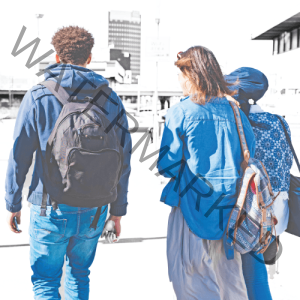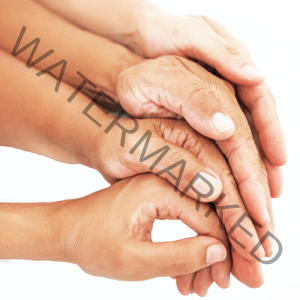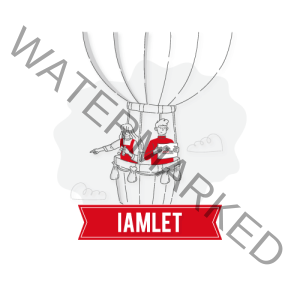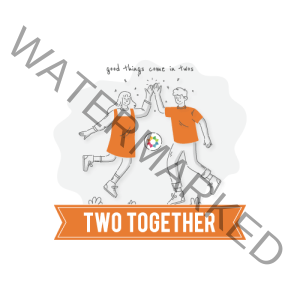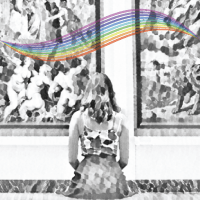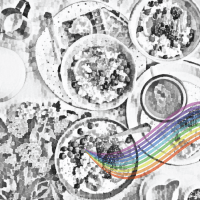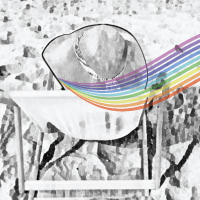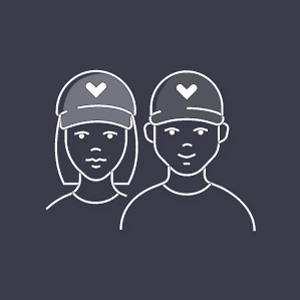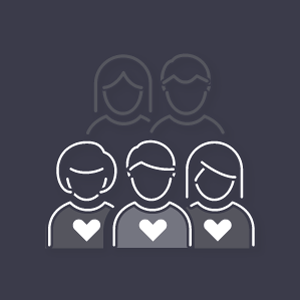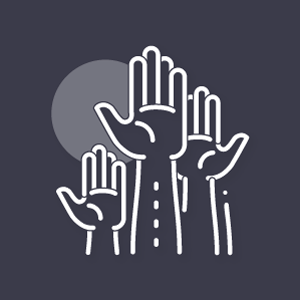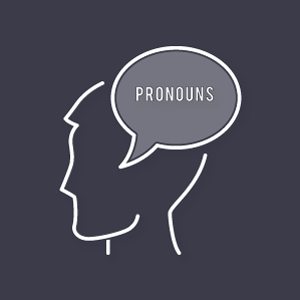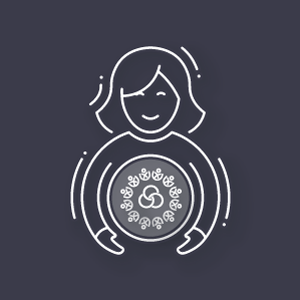
LGBTQIA+ Pride:
Why is little known about asexuality?
- Atilla Tiriyaki
- Average Reading Time: 7 minutes
- Asexual & Aromantic, Community
- articles, asexuality, atillat
Sexuality is still a taboo subject for many people. Though most LGBTQIA+ individuals accept who they are and who they are attracted to or love. Many still do not want nor feel the need or desire to educate whomever they encounter concerning their sexuality and who they are as a person. A situation made more difficult when speaking about the asexuality scale.
Telling someone you identify as asexual is complicated, especially compared to the other non-traditional sexual identities, many of which are much easier to explain. The reality is that most sexual identities are easier to explain as they are based on genders or attributes a person finds physically and romantically attractive.
Many people also wrongly confuse asexuality with celibacy. The term celibacy describes where an individual makes a choice to abstain and not have sexual relationships. In contrast, like with other LGBTQIA+ identities, asexuality is not a choice, and many asexual individuals will form sexual relationships.
Sex is not the issue, as many asexual individuals will experience physical and hormonal reactions, such as being stimulated or aroused. However, they likely will not find any group, attribute, ethnicities, feature or characteristic physically attractive.
To explain this better, let us now explore what it means to be asexual.
Two of the main misconceptions are that asexual individuals have a mental illness or have suffered some form of sexual abuse in their lives. Neither is true. Today, we understand more about sexuality and that non-traditional sexual identities are not a result of a mental illness.
Many of us live in societies that are much more accepting and understanding of the LGBTQIA+ community. Old and young alike understand that a person can be physically attracted to the opposite sex, the same-sex and individuals more on the non-binary scale.
With more acceptance comes the reality that sexuality is much more fluid than traditionally believed. Because many mainstream sexualities are understood and accepted, it makes sense that people out there will not find any person or individual physically or sexually attractive.
We are all unique, and how we define who we are and how we feel will likely be different. Though a small number, unfortunately, may have suffered sexual abuse, the majority will have not.
People using the sexual abuse rationale and reasoning are not directly referring to asexuality. Instead, it is more about people trying to define a cause or reason than simply accepting that some people are different. The same reasoning is applied whenever a mother is blamed for being overprotective towards her son, stated as the reason for making him gay, or a father treating his daughter more like a son, causing her to become a lesbian. Of course, all of these statements are untrue. There is scientific evidence to support that LGBTQIA+ individuals are not making a choice; instead, they are born that way.
So, what is asexuality? Many of those who identify as asexual will likely have a low interest or lack sexual attraction to others. The majority will produce an average amount of hormones (testosterone and oestrogen), so it is not caused by hormonal imbalance. Many asexuals still get physically stimulated and aroused. The main difference for many is that they are not likely physically or sexually attracted to any individual or type.
Think about what makes you aroused. It might be male, female, a particular person, an ethnic group, a person’s eye colour, or other physical attributes. Those that do not identify as asexual or on the asexuality scale will usually be attracted to a particular kind of person or characteristic. We become aroused and even form relationships with those individuals who meet our criteria or those we find attractive based on our desires and preferences.
An asexual individual will likely not have a preference or a type, which means that they will get aroused through touch and stimulation and not on a person’s physical appearance. Many asexual people form long-term relationships, even having sexual relations with their partners. Though they may not be physically or sexually attracted to their partner, they can still have emotional and romantic feelings and even feel love. Though some asexual individuals may have a low or no libido or sex drive, it is not true of all those identifying within the asexuality scale.
To summarise, if you characterise intimate relationships into physical attraction and sexual stimulation. An asexual person will likely experience no sexual attraction to their partner; however, they may still be aroused by touch or stimulation.
Within the asexual scale is a group known as aromatic. A person who identifies as aromantic may or may not experience physical and sexual attraction towards another person. However, they will likely not have any romantic attraction. To understand the difference, you need to separate sexual and romantic attraction. Both forms of attraction produce a chemical reaction within our bodies; however, each produces different hormones.
Sexual attraction produces hormones (testosterone and oestrogen) that play an important role in our bodies, from our sex drive to blood cell production. The hormones produced resulting from romantic attraction (oxytocin and vasopressin) make us feel happy and good. By using those distinctions, aromantics will likely have limited or no romantic attractions towards others. Some aromantics may experience physical attraction, whereas others will have no interest physically or romantically.
So why is little known about asexuality? Unlike other non-traditional sexualities, people within the asexual spectrum do not neatly fit within a simple box. Many asexual individuals will likely identify in more than one way. Many asexual people may also identify as heterosexual, gay or any of the other sexual identities based on the relationships they form. Aromantics may feel a physical attraction to various people, meaning they can also identify with other sexual identities.
Another factor is our environments and the importance placed on sex, especially when you factor in that we live in highly sexualised societies. Whether it is the images used in media campaigns or the representation and portrayal of sex in relationships within films and television, sex is constantly on display. The narrative within society means that it is not always easy for people to openly admit that they do not experience physical or emotional attraction.
There are fantastic advocacy groups, such as the Asexual Visibility and Education Network (https://www.asexuality.org/). The group aims to raise awareness and educate the general public on asexuality and the asexual scale. So hopefully, over time, there will be more visibility and understanding for those who identify as asexual and aromatic.
The world is constantly evolving, and so is our understanding of LGBTQIA+ identities. The more accepting we are as a society, the more honest and open people become about who they are and how they think and feel. Though we share many similarities as humans, some may even look alike; however, our views and how we think and feel are different and unique.
Even though we may not think and feel the same way, it does not mean those who do not think as we do should be made to feel that they are wrong or different. Like all non-traditional sexual identities, it takes great courage to accept who they are and share something very personal with others. Though sexual attraction and desire can be exciting for some, for others, it is not important. The reality is that there is no one path or lifestyle for a person to form happy and healthy relationships.
Most asexual individuals live ordinary lives. They will form relationships, start families, and many in the outside world may never be aware that they identify as asexual. Some who identifies as asexual publicly are open and honest about who they are and how they think and feel, sharing something very personal to them.
How we identify and our sexuality influences how we live our lives; however, they are not the only thing that makes us who we are. Whether you are gay, straight or asexual, you only know what is true to you. Though it can often seem a challenge, surround yourself with people who understand and accept you, for you and how you choose to live your life.





